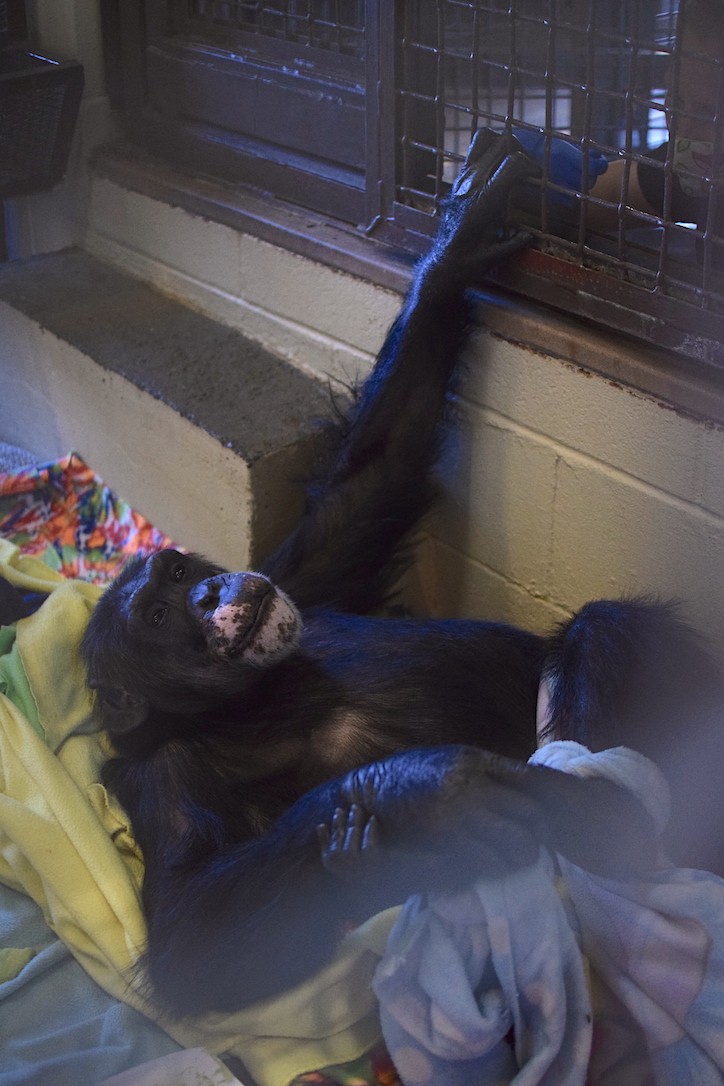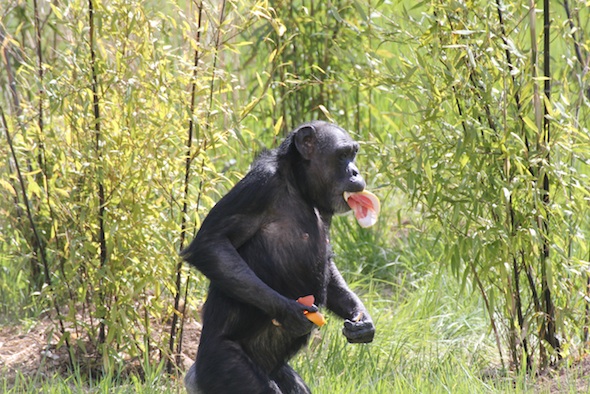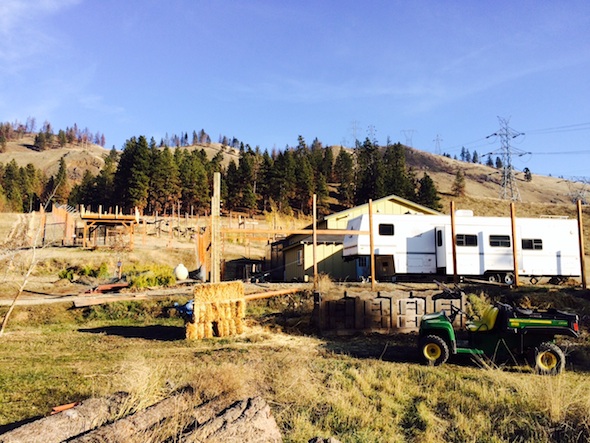This is the time of the year that the inland regions of the Northwest dry out and burn.
Wildfires are a natural and necessary process in the grasslands and forests of the American West, but that doesn’t make them any less daunting. The flames can turn forested hillsides to ash, drive people from their homes, and engulf any structure left in their path. The resulting haze can block out the sun for weeks and make it dangerous for many people to go outdoors. We know more about the role that such infernos play in our ecosystem, but decades of fire suppression have left abundant fuel laying around. Climate change has brought higher temperatures and drier summers, population growth has brought more people into the woods, and development has placed more anthropogenic structures in harm’s way. It’s no surprise that wildfires have grown more intense, frequent, and economically impactful in recent years.
Right now, almost a thousand personnel are fighting a wildfire that has crossed into Kittitas County and descended into its namesake valley. This agricultural hub contains the towns of Ellensburg and Cle Elum, Central Washington University, and Chimpanzee Sanctuary Northwest. The sanctuary is not threatened by this blaze (although some past fires were way too close for comfort and led us to develop a mitigation and prevention system), but the plume of smoke was visible from the sanctuary and the valley was covered in a thick blanket of haze for a couple of days (below).
The firefighting crews of the Pacific Northwest spend lots of time preparing for events like this, and their main goal is always to protect human lives and homes while allowing for nature to do its thing. The Evans Canyon Fire, as it is now called, has incinerated over 75,000 acres of land (an area 1/10 the size of my home state) and is still only partially contained. Even with diverse experts, mathematical models, state-of-the-art equipment and dedicated firefighters, one unexpected breeze could drive the fire past the breaks and into new territory. Containment depends on preparedness and insight, of course, but it also depends on luck. For now, the conditions have been forgiving enough to get us through.
This is where we found ourselves this weekend with Burrito Chimpanzee. You can do lots of things to prepare for a scenario like this, and of course we have discussed the possibility of a chimpanzee being bitten by a venomous snake. Ultimately, though, we were grateful that luck was on our side.
The snake only bit one chimpanzee, not any of the others who mobbed it. The chimps retreated, allowing the team to close off the enclosure and carefully remove the confused rattlesnake. Burrito voluntarily isolated himself in an indoor enclosure, permitting immobilization. We obtained the necessary antivenin, and a little extra, quickly. Our entire staff rushed in to help on a weekend, and Dr. Erin was able to wrangle difficult circumstances to get the life-saving treatment into Burrito. Bubba, despite his initial bad luck, once again proved his resilience and strength. There were so many ways that this situation could have unraveled, but we’re glad it didn’t.
Now, the blaze is mostly contained but the fire is not out yet, and we’re still working around the clock to make sure we can respond to any setbacks. Most importantly, the team is monitoring Burrito’s clinical signs 24/7. Diana and J.B. set up a makeshift bed in the foyer of the Chimp House (above) so that people can be around all night, and we have a supply of emergency drugs loaded and ready-to-go on the clinic counter (also above). We have charts covered in hastily scrawled observations and checklists, and we were ready to give him food, meds, and liquids as soon as he was feeling well enough to sit up. Everyone whooped when he first sat up and urinated, and the atmosphere grew even more exuberant when he reached out and took a grape. We all exhaled in relief as Burrito, our resident phoenix, rose from the proverbial ashes and began to play the “poke” game with caregivers from the comfort of his blanket nest (below). J.B. recently remarked that veterinarians never get to eat dinners in peace, but that also seems true for the rest of the sanctuary staff lately. All day, we’ve been sending texts back and forth regarding Burrito’s status, and we’ve been doing our best to keep the greater CSNW community in the loop. I’ve never been so grateful to work with such a supportive, cohesive, dedicated group of people.
With the consultation of veterinary experts, led by our own Dr. Erin, we’re taking every precaution to give Burrito the best chance at a full recovery. He’s a popular guy, overflowing with charisma, and helps us to know that his loyal fans are also supporting our efforts. We look forward to sending you all some more good news very soon. For now, though, all we can do is continue to monitor Bubba and enjoy tonight’s beautiful sunset- one that only a horrific wildfire could paint.
























